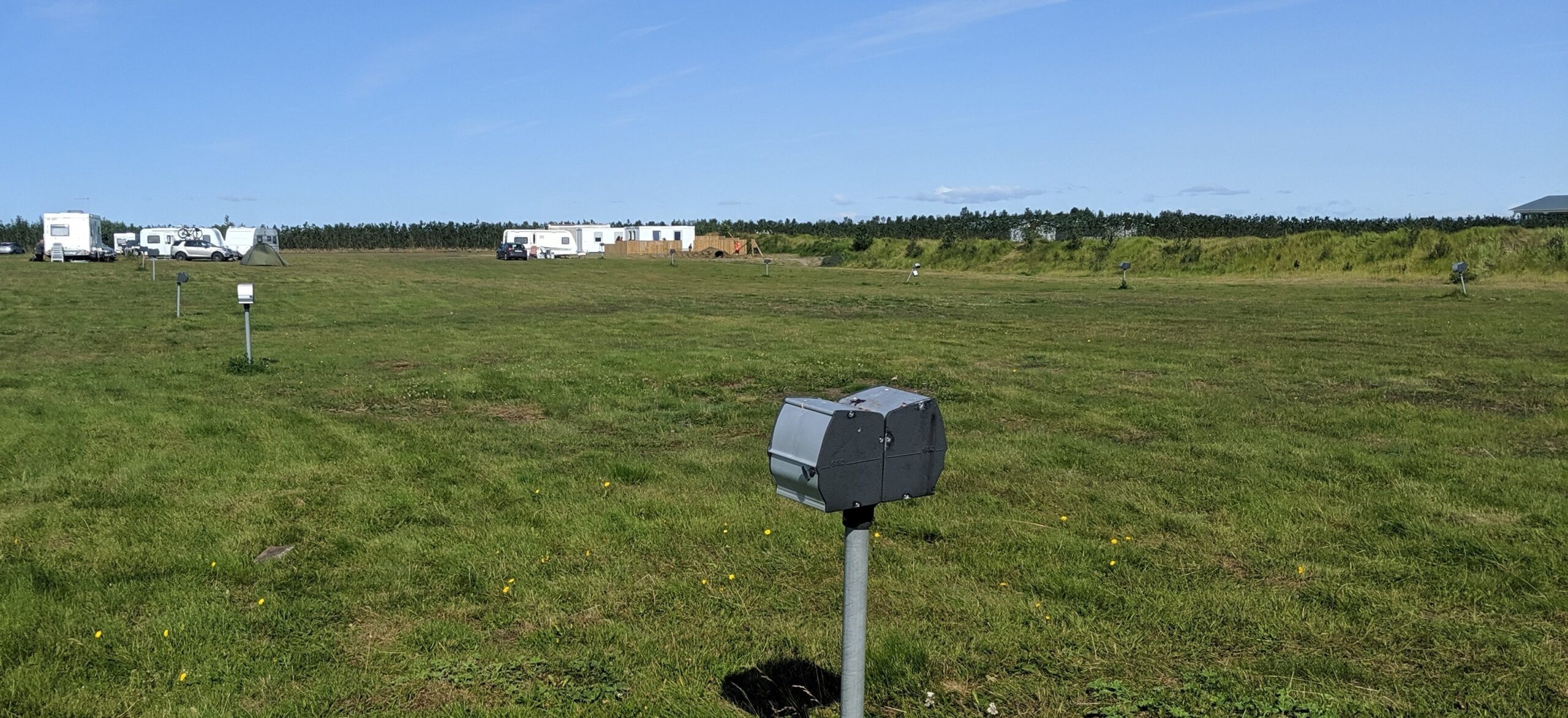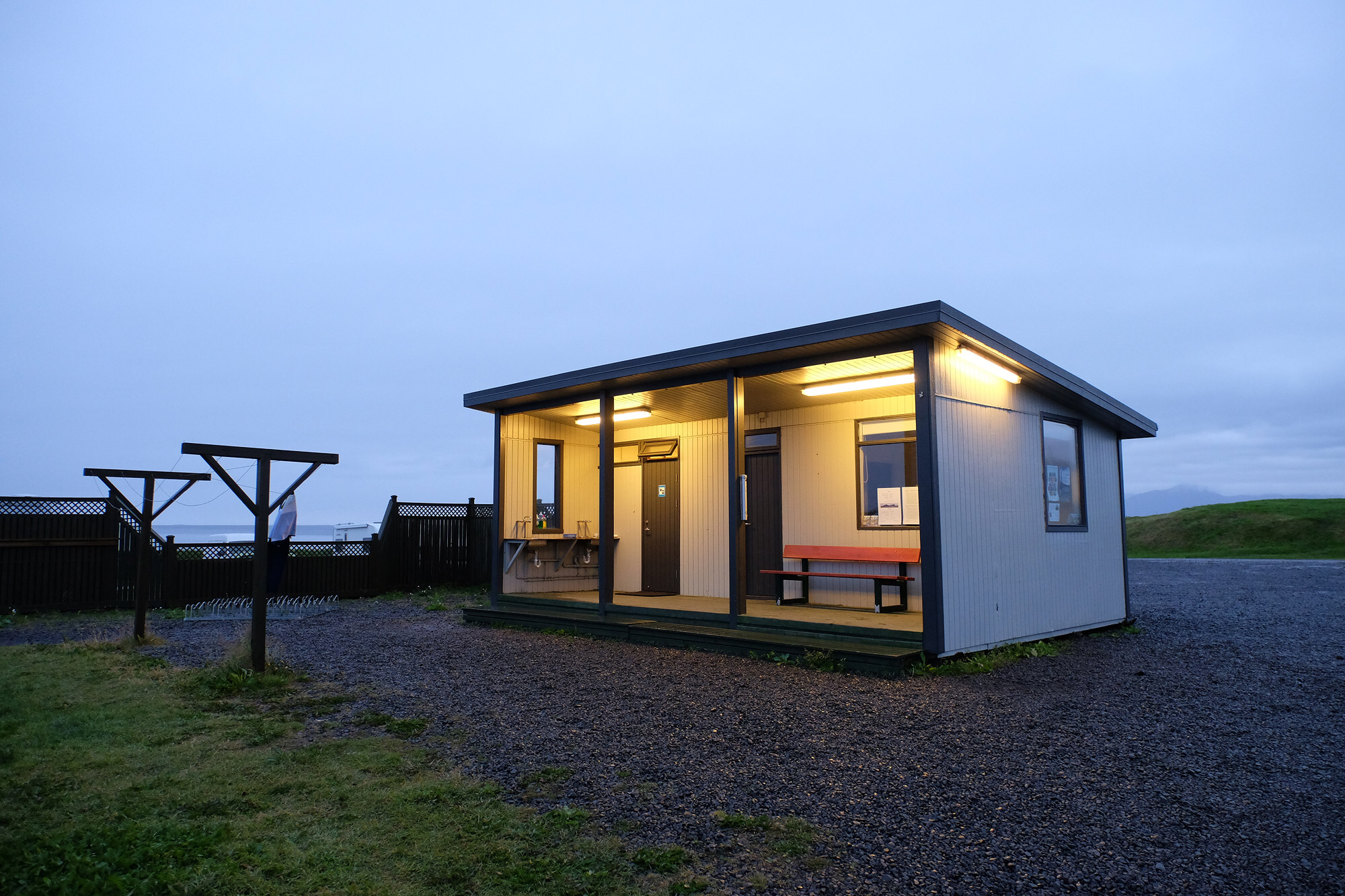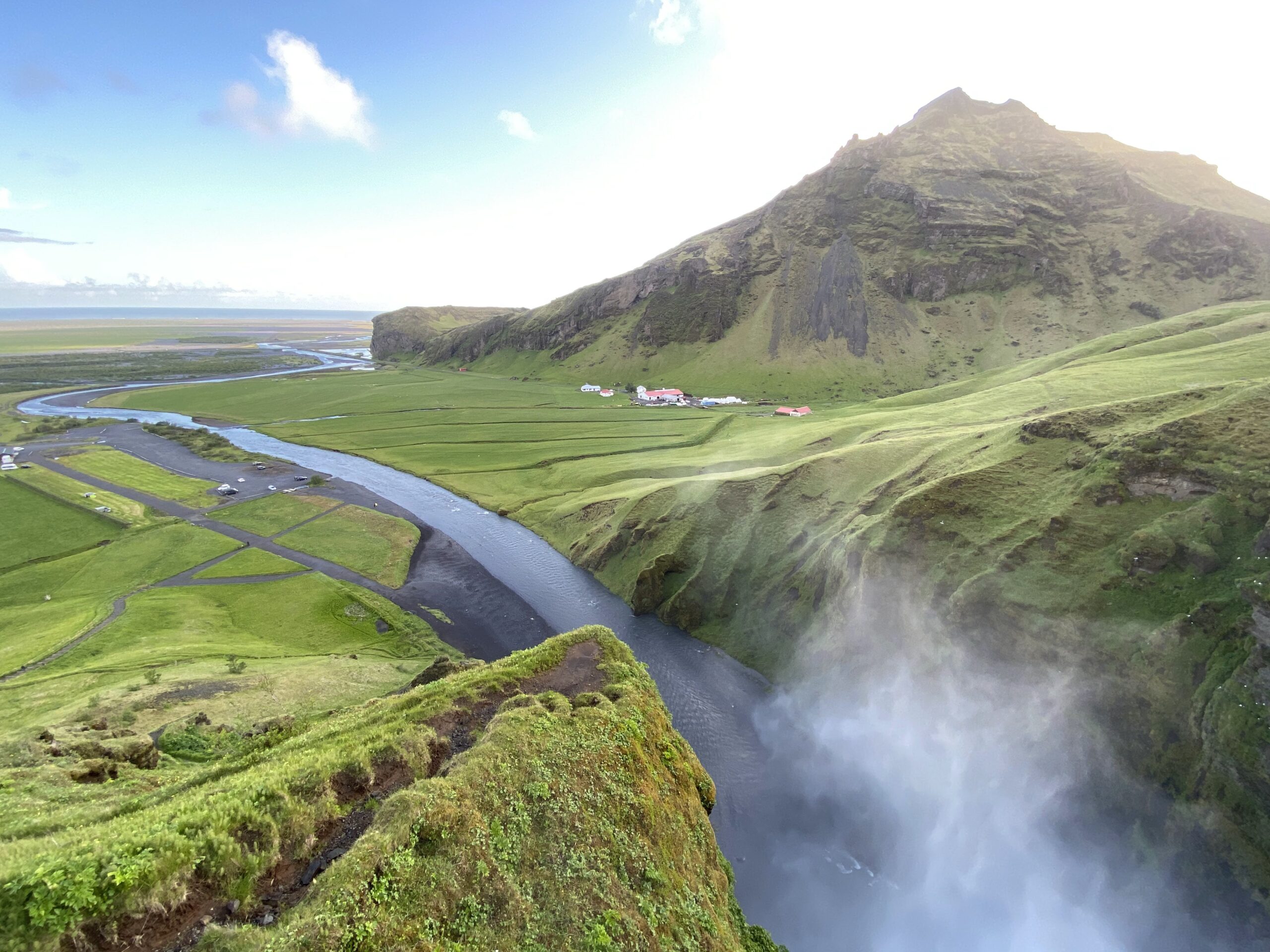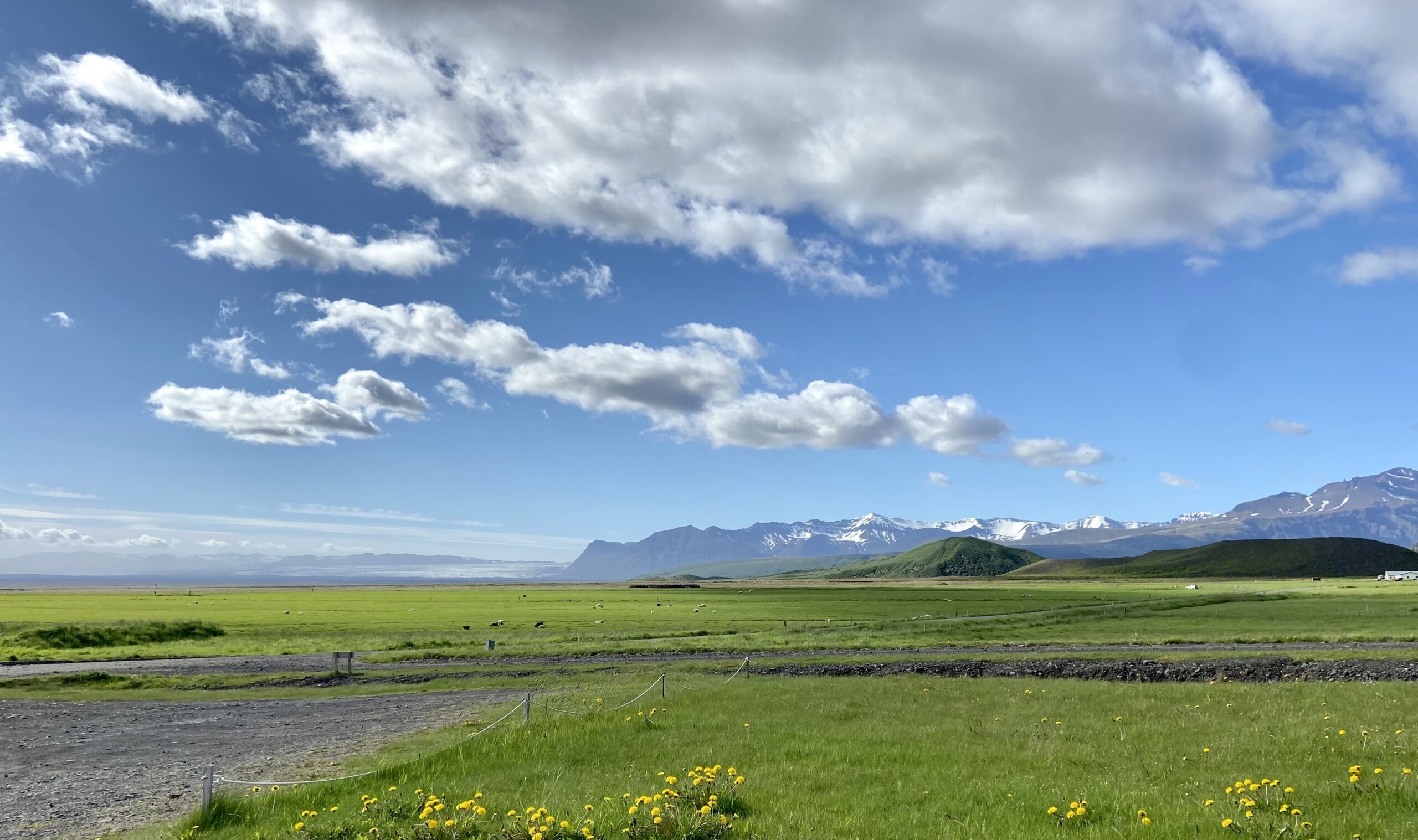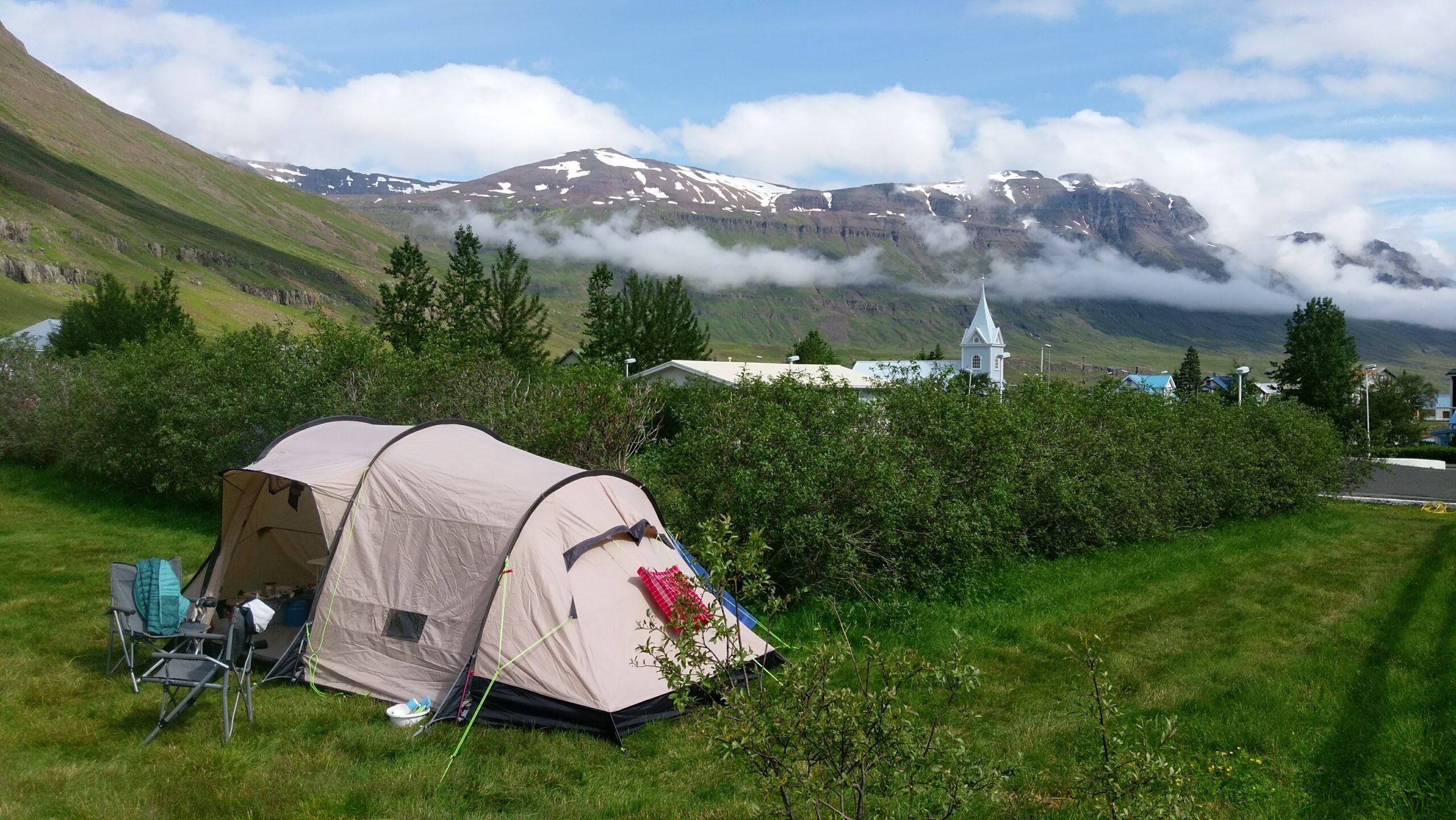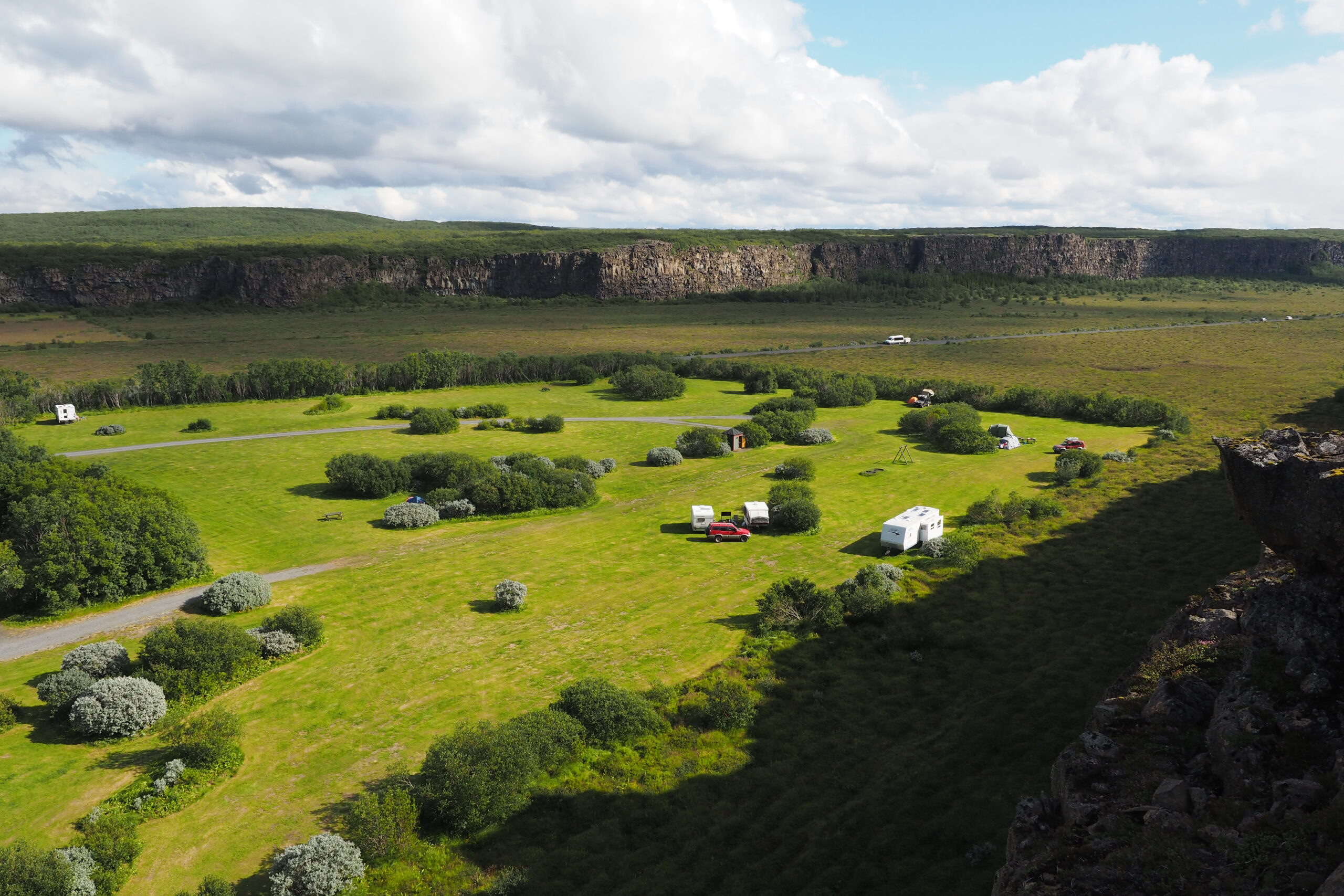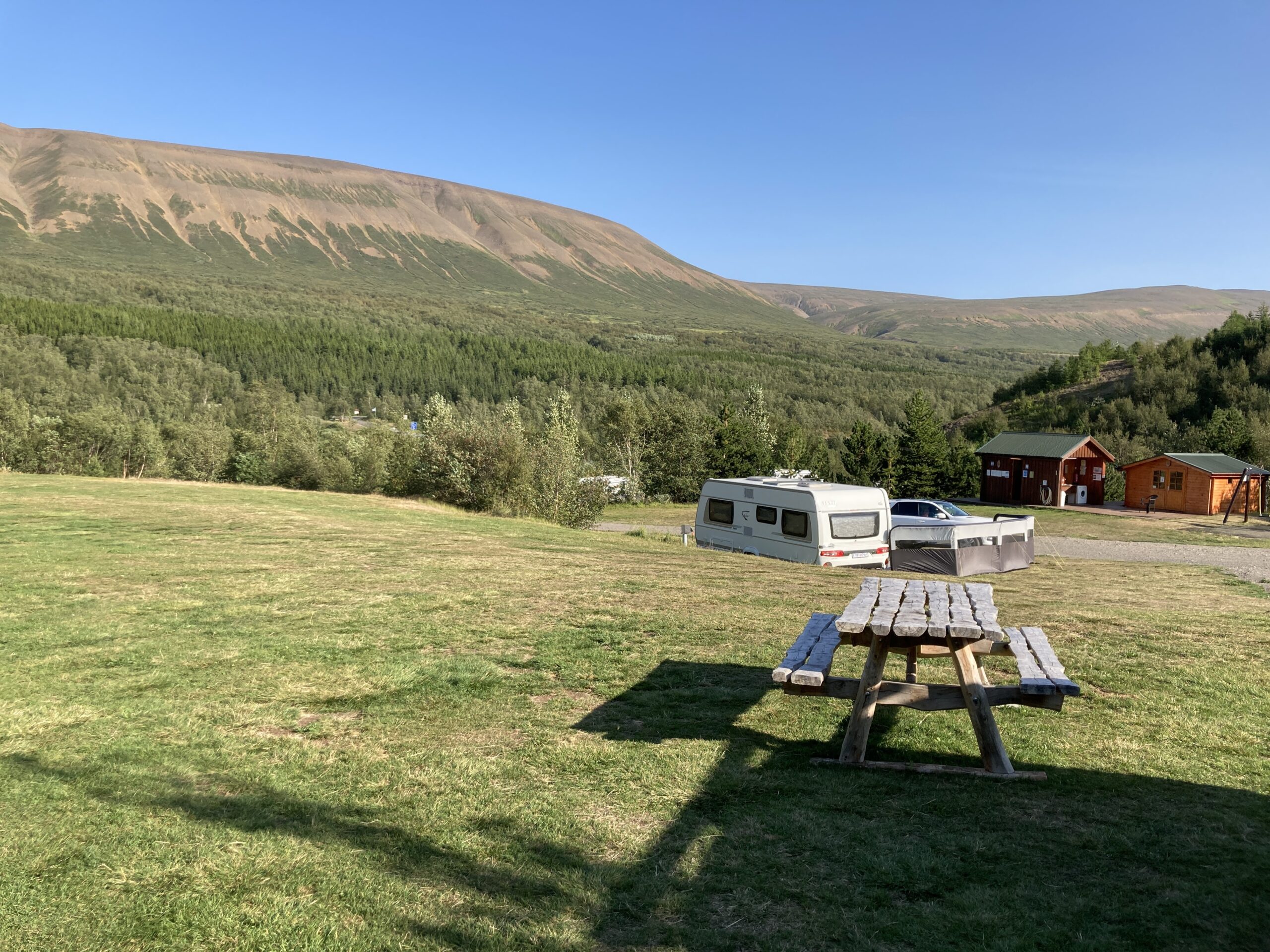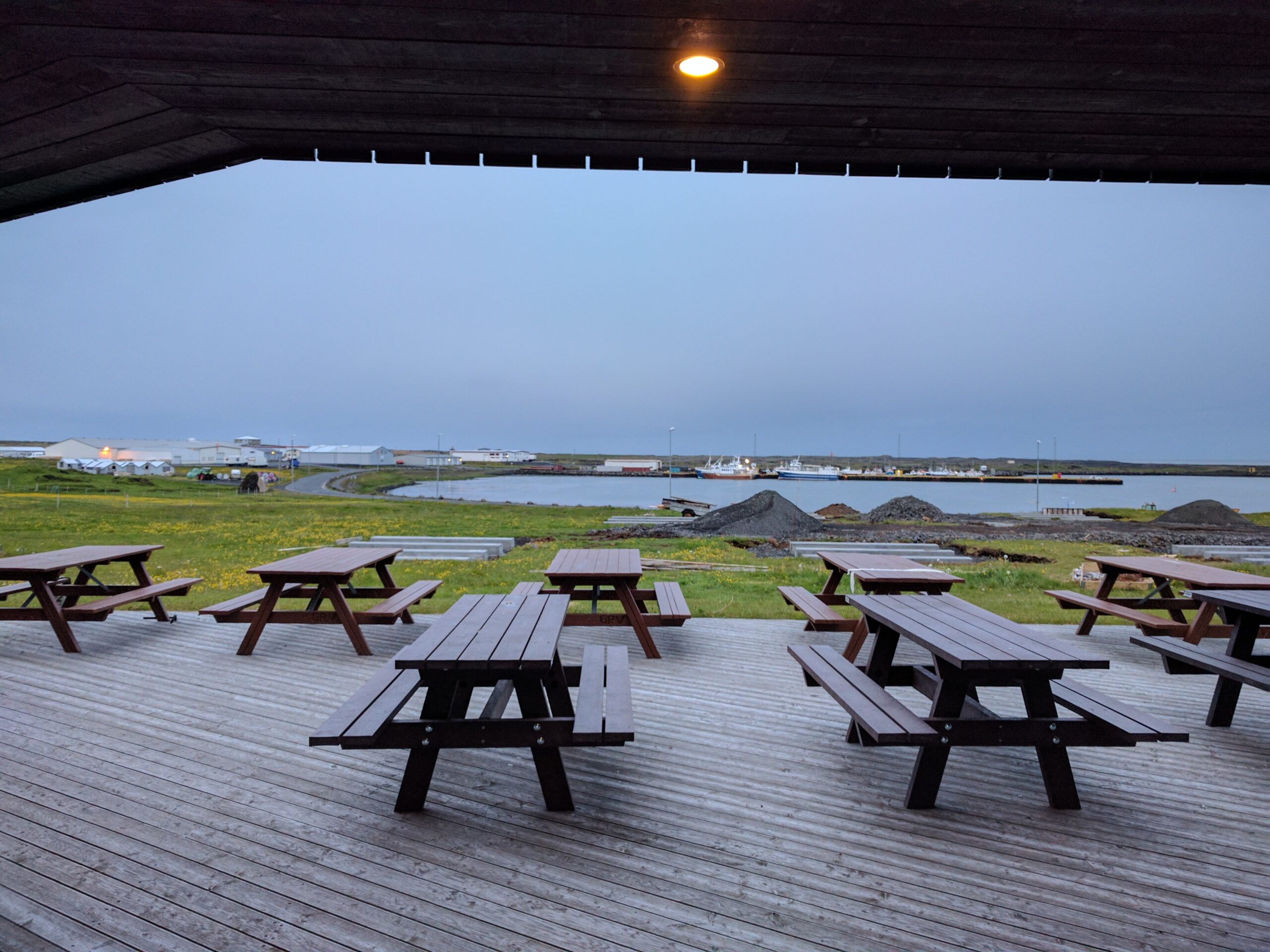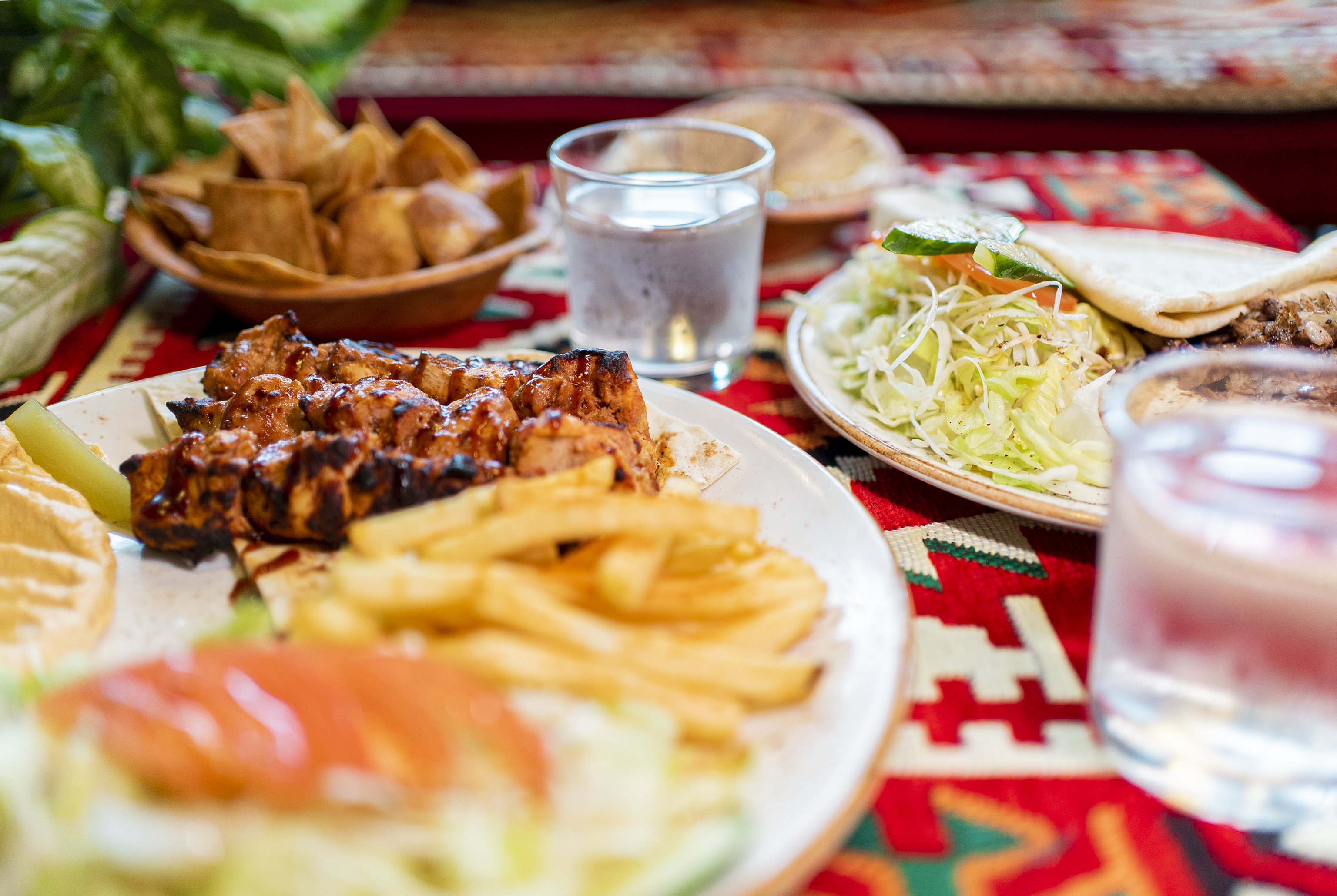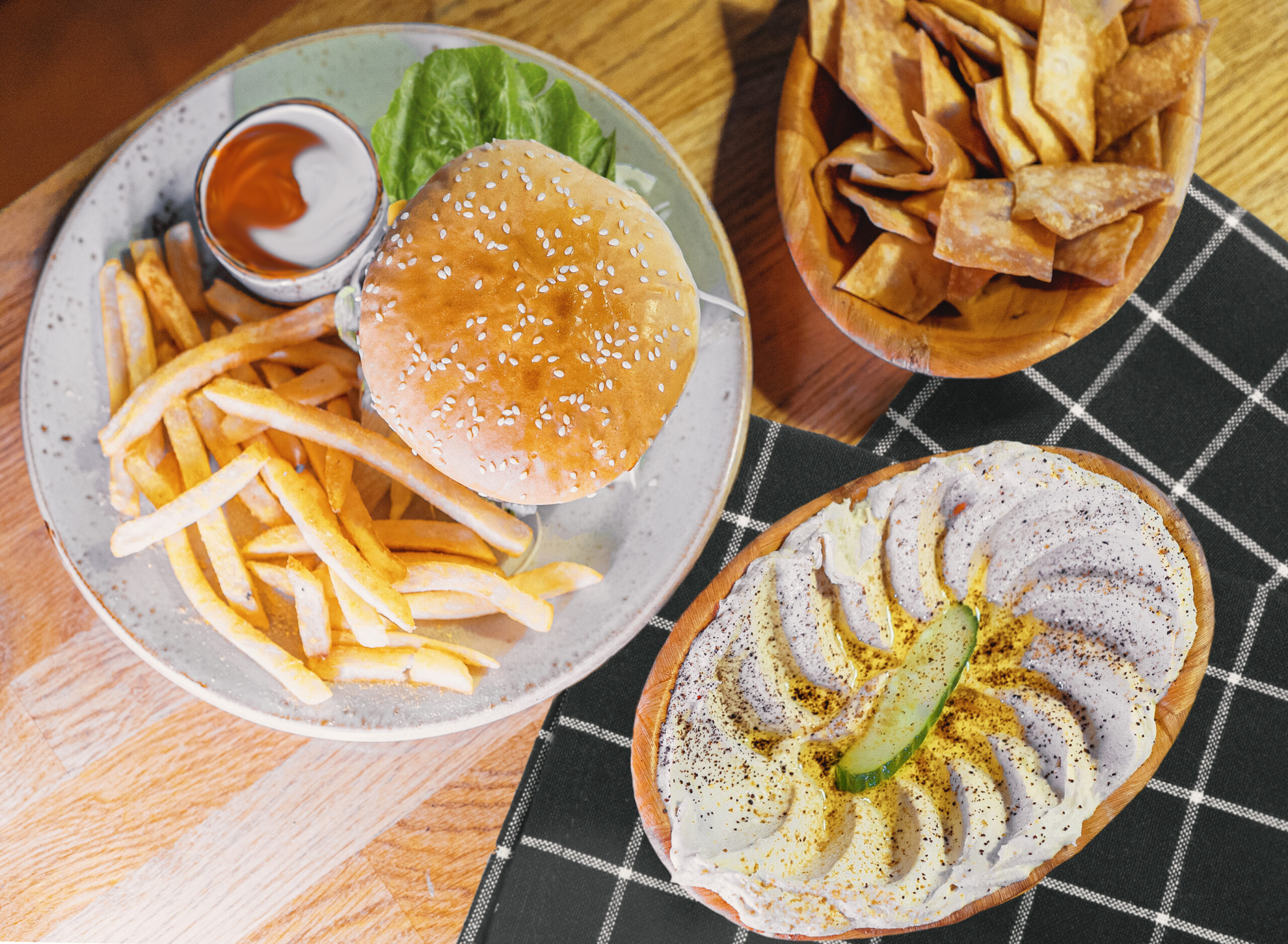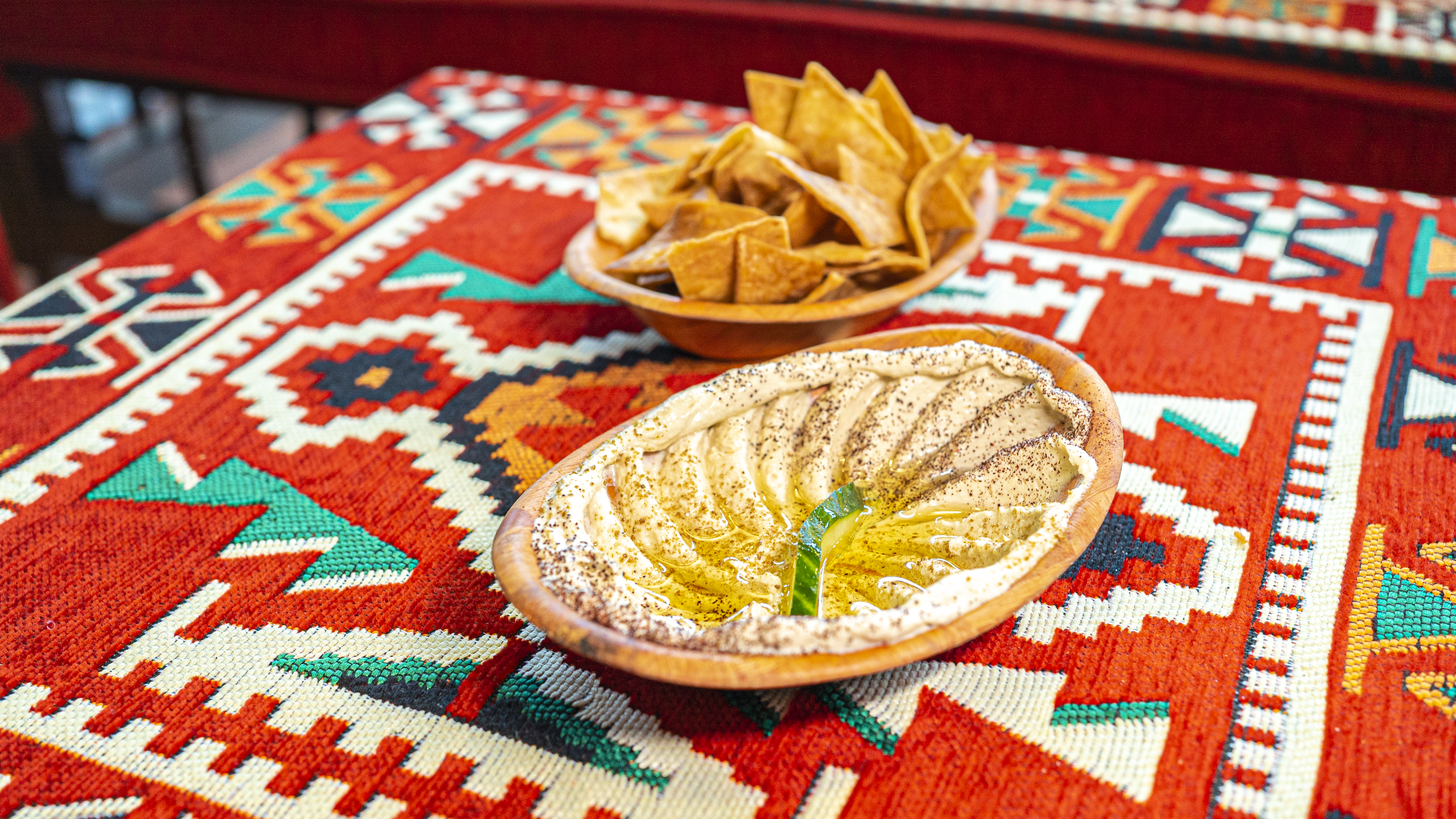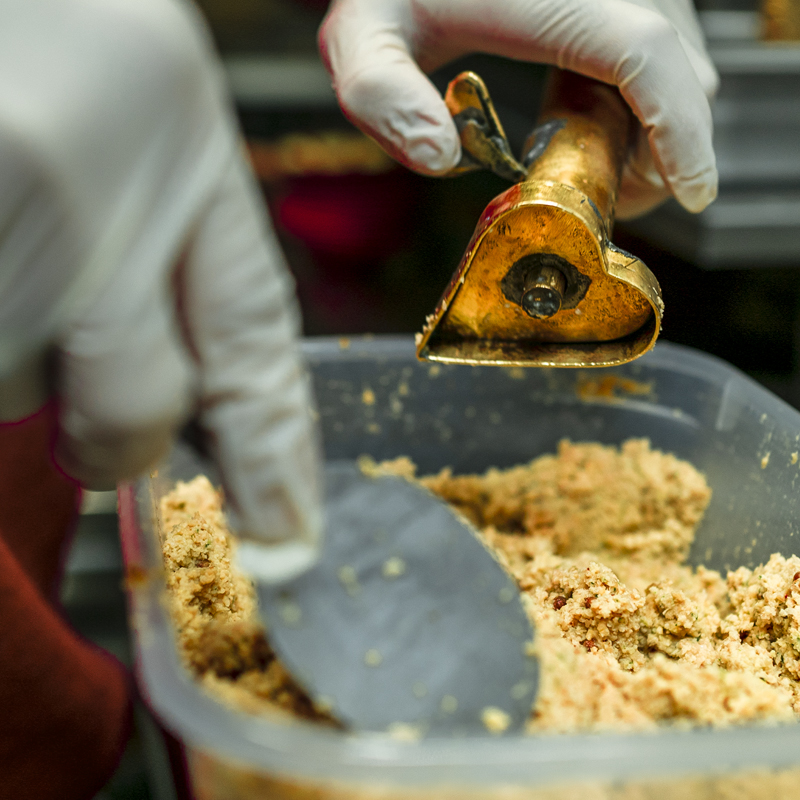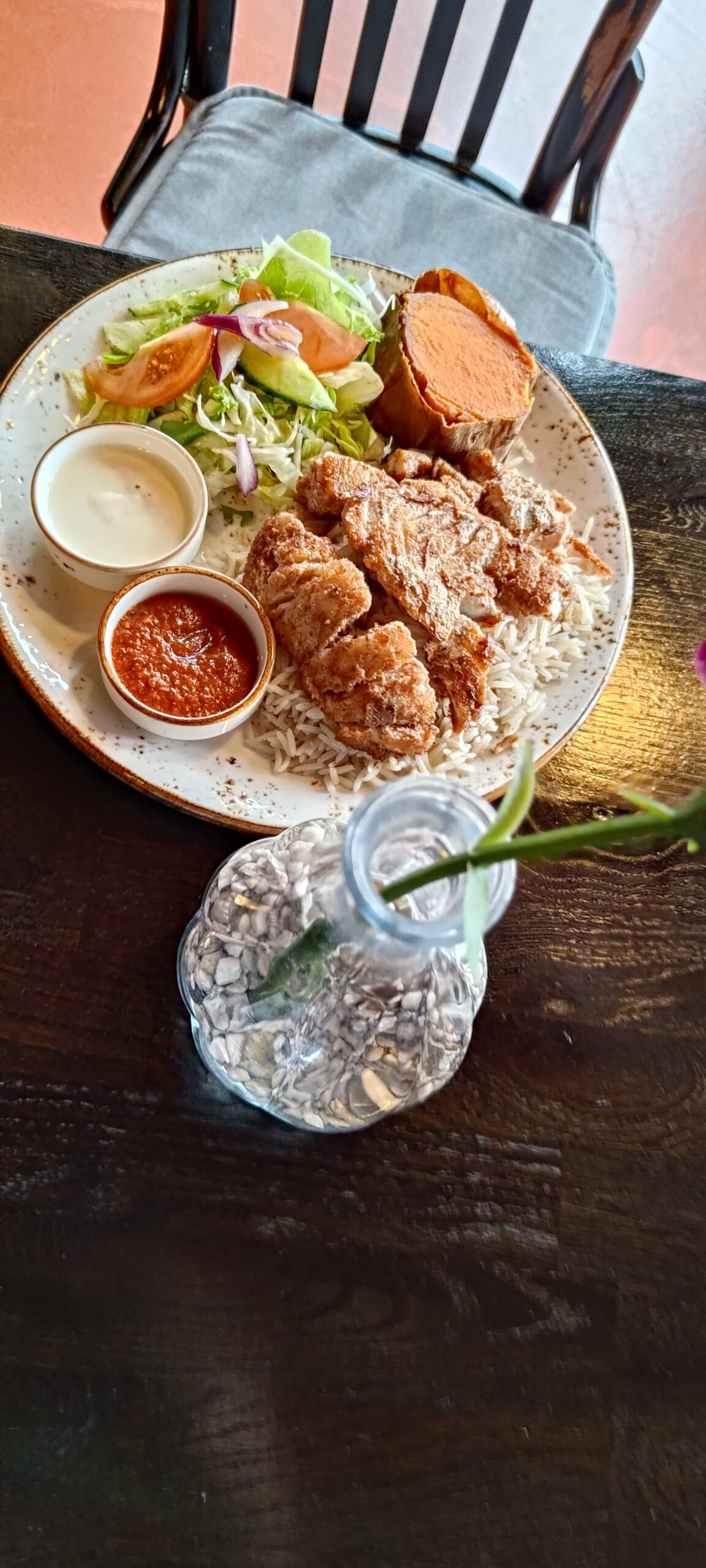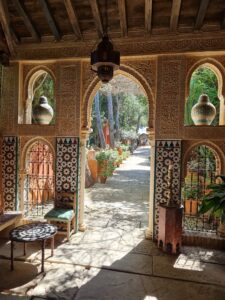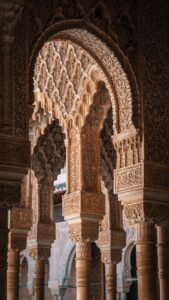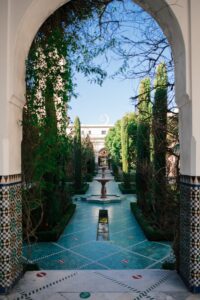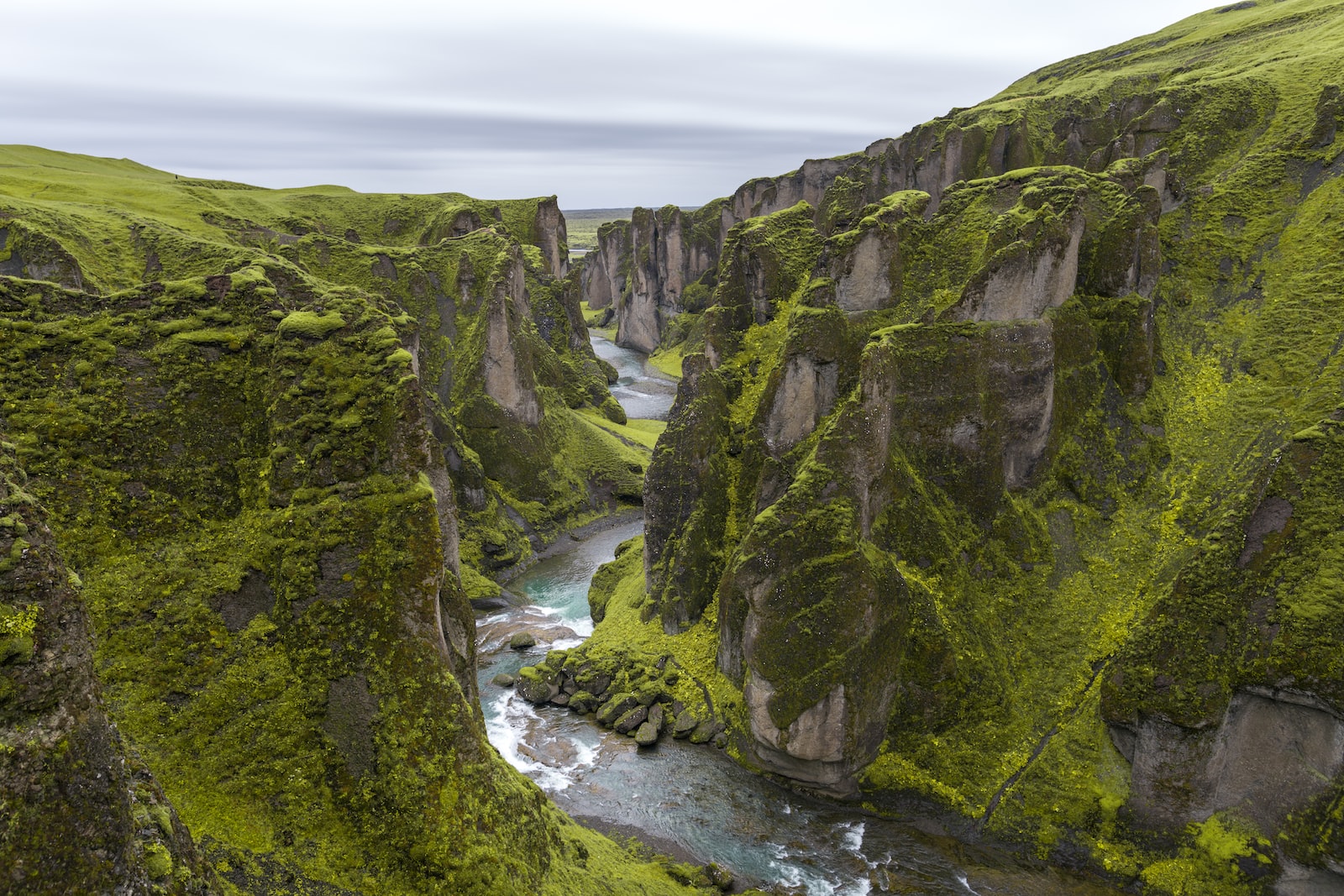
Iceland
A Symphony of Elements
As-Salaam Alaikum Halal travellers, floating alone far in the north where the North Atlantic and Arctic oceans meet, Iceland, a country literally in the making, offers stunning natural wonders unlike anything in the rest of the world.
It’s a vast volcanic laboratory where mighty forces deep beneath the earth shape the surface. Geysers gush, mud pots gloop, ice-covered volcanoes rumble, and glaciers cut great pathways through the majestic mountains. Its unforgivable and ferocious environment reminds visitors of their utter insignificance in the greater scheme of creation. Everyone has heard of Iceland’s beauty to the point that it has become the stuff of legends, but very few have pulled the trigger on visiting. Because of this, it still feels like a well-kept secret.
Words often fall short of describing its stunning natural beauty or the swaths of open land with nothing but Icelandic horses and sheep that occasionally wander onto the empty roads that stretch for kilometres. Sporadically, waterfalls will greet you from every direction when nature wills it to remind you that you are in a unique place on Earth.
If you also take a moment to converse with the local population, you will be surprised by their resilience and pride in their history and culture. When visiting, prepare to be awash in natural beauty; around every bend in the road, you find something that belongs in a Syfy movie, not real life.
Best Time to Go
The ideal time to visit Iceland varies depending on your interests. If you enjoy outdoor activities, the best months to visit are from June to August, when the weather is warmest and the sun shines brightest. Most Icelanders take their vacations during this time, so it’s important to book ahead and be prepared for crowds at popular destinations like the South Coast and the Golden Circle. However, since it’s light all night, you can avoid crowds by travelling early or late.
September to November is a great time to visit for those interested in cultural events. As fall turns into winter, nights become colder, and camping is no longer recommended, but the weather is often still pleasant for hiking. The changing of the seasons brings a burst of colour to the forests and heather, painting them in shades of yellow, orange, and red.
The best time to see the Northern Lights in Iceland is from October to November. If you’re interested in snow sports, February and March are the best months to visit. For those looking for off-peak travel, April and May are good months to go.
It’s important to remember that no matter when you choose to visit Iceland, you should always pay attention to weather forecasts and road conditions and follow any safety advice issued by Icelandic authorities. This will help ensure that your trip is safe and enjoyable.
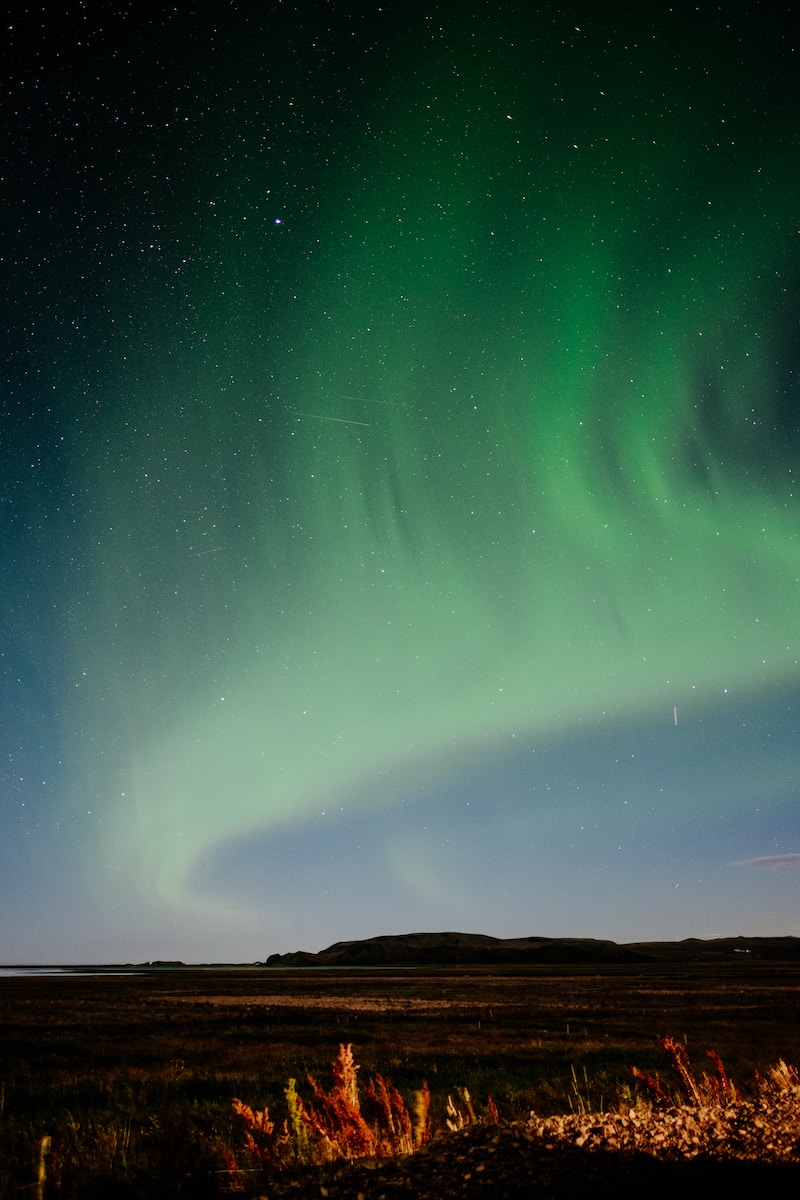
Where to Stay
The best way to experience Iceland is to rent a camper van or, for the more adventurous, an offroad vehicle modified to provide sleeping courters. Make sure, in any case, you know beforehand where you can park for the night. Some camping sites have a reservation that needs to be made in advance; in others, you can drive in and find an open spot.
Furthermore, selecting campsites on your chosen route would be contingent on the availability/need of resources and services. Very few things are more satisfying than having a proper worm shower on a campsite after a full day of hiking. Keep this and more in mind when selecting a campsite.
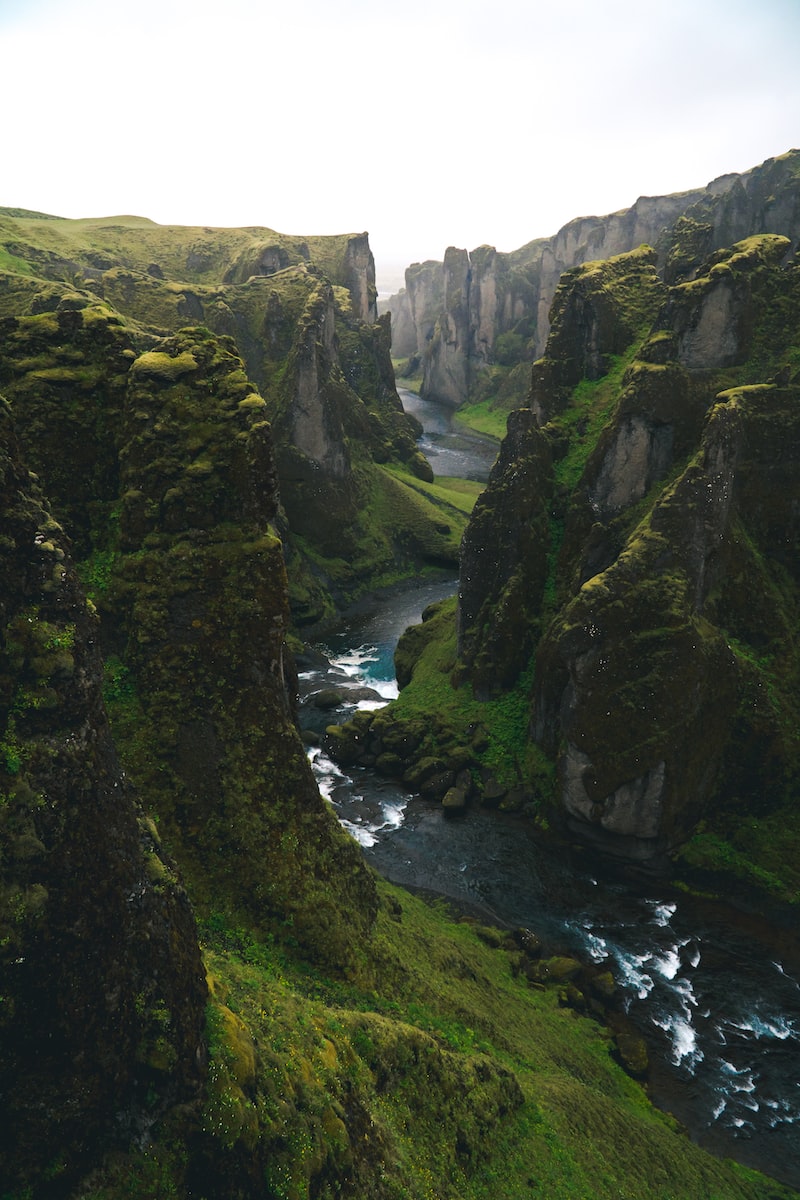
Camping Sites
There are a lot of camping sites in Iceland. Still, these are a few that will not disappoint for various reasons ranging from the available amenities to the breathtaking location.
Please check the availability of the campsite before visiting
How to Get Around
There is one main highway in Iceland called the Ring Road or Route 1. And as you might expect based on the name, it goes all the way around the country. Iceland’s most famous and beautiful natural wonders are near the Ring Road. Several smaller roads are off the route, but the Ring Road is the most travelled and central.
Most travellers start in Reykjavik, the city closest to Keflavik Airport. There are shuttles from the airport to Reykjavik, some with stops at the Blue Lagoon for those wanting to take a refreshing, post-flight dip in its famous warm waters. My recommendation would be to save that for last. Reykjavik also has a public bus service, the Strætó.
It’s easy to visit the most well-known natural sightseeing locations around Reykjavik, as several tour companies offer regular trips in all combinations, whether you want to visit just one or everything within a 5 KM radius of Reykjavik. There are also several car rental options to extend your trip beyond Reykjavik and explore along the Ring Road.
What to Do
In my humble opinion, you should go to Iceland for one reason: Nature. Try to see as much nature as possible in all the majestic glory that Icland provides.
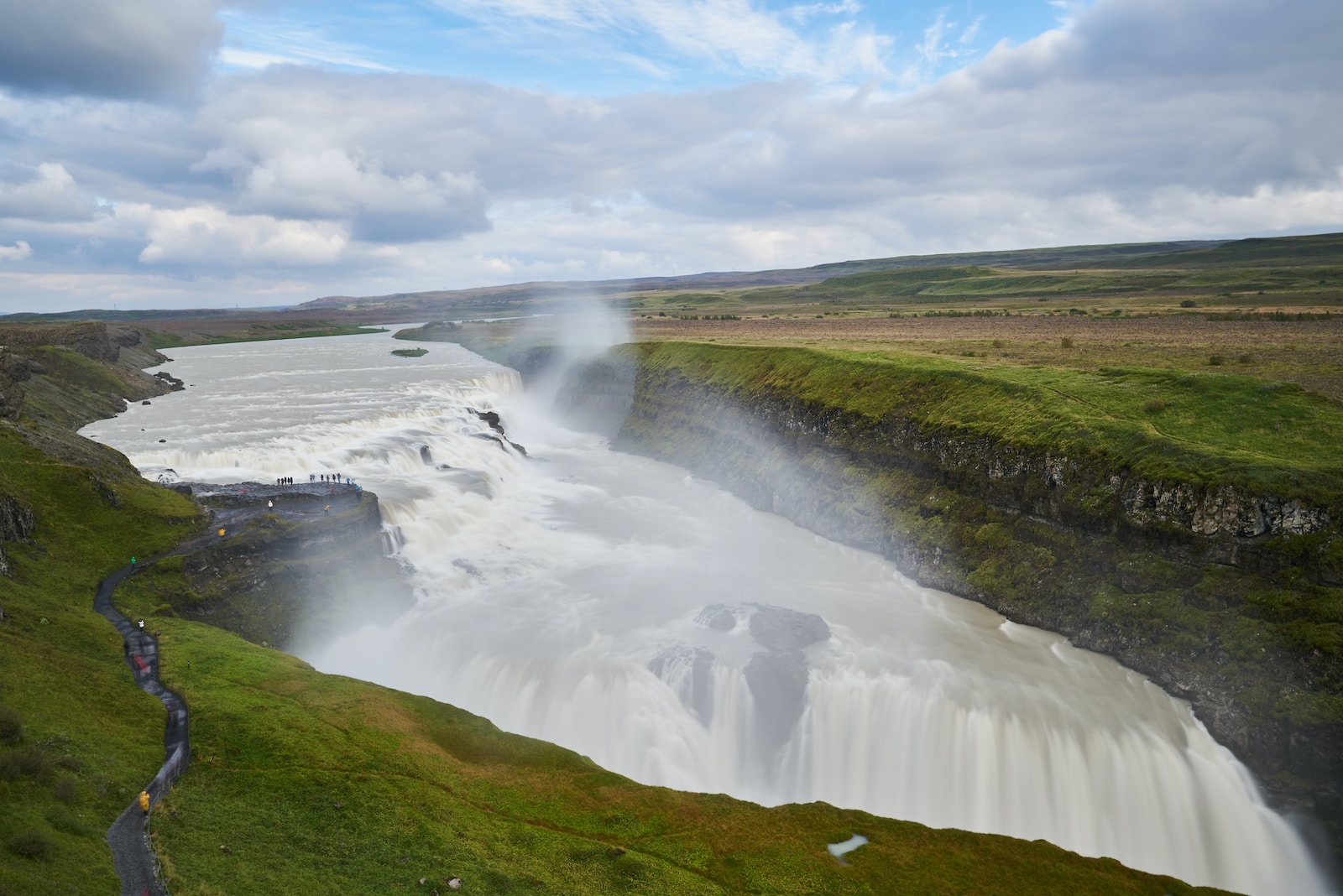
Golden Circle
If you want to see some of the most amazing natural attractions in Iceland, you should take the Golden Circle route. This easy and popular trip will take you to three incredible places: Thingvellir National Park, where you can witness the rift between two tectonic plates, Geysir geothermal area, where you can watch the hot springs erupt, and Gullfoss waterfall, where you can marvel at the power and beauty of the water.

Diamond Circle
A journey along the Diamond Circle in northern Iceland offers a variety of sights and experiences. You can start from Akureyri and visit Húsavík, a town famous for its whale museum, and admire the natural wonders of Dettifoss, the most powerful waterfall in Europe, Lake Mývatn, a volcanic lake with diverse wildlife, and Ásbyrgi, a horseshoe-shaped canyon with a rich history.
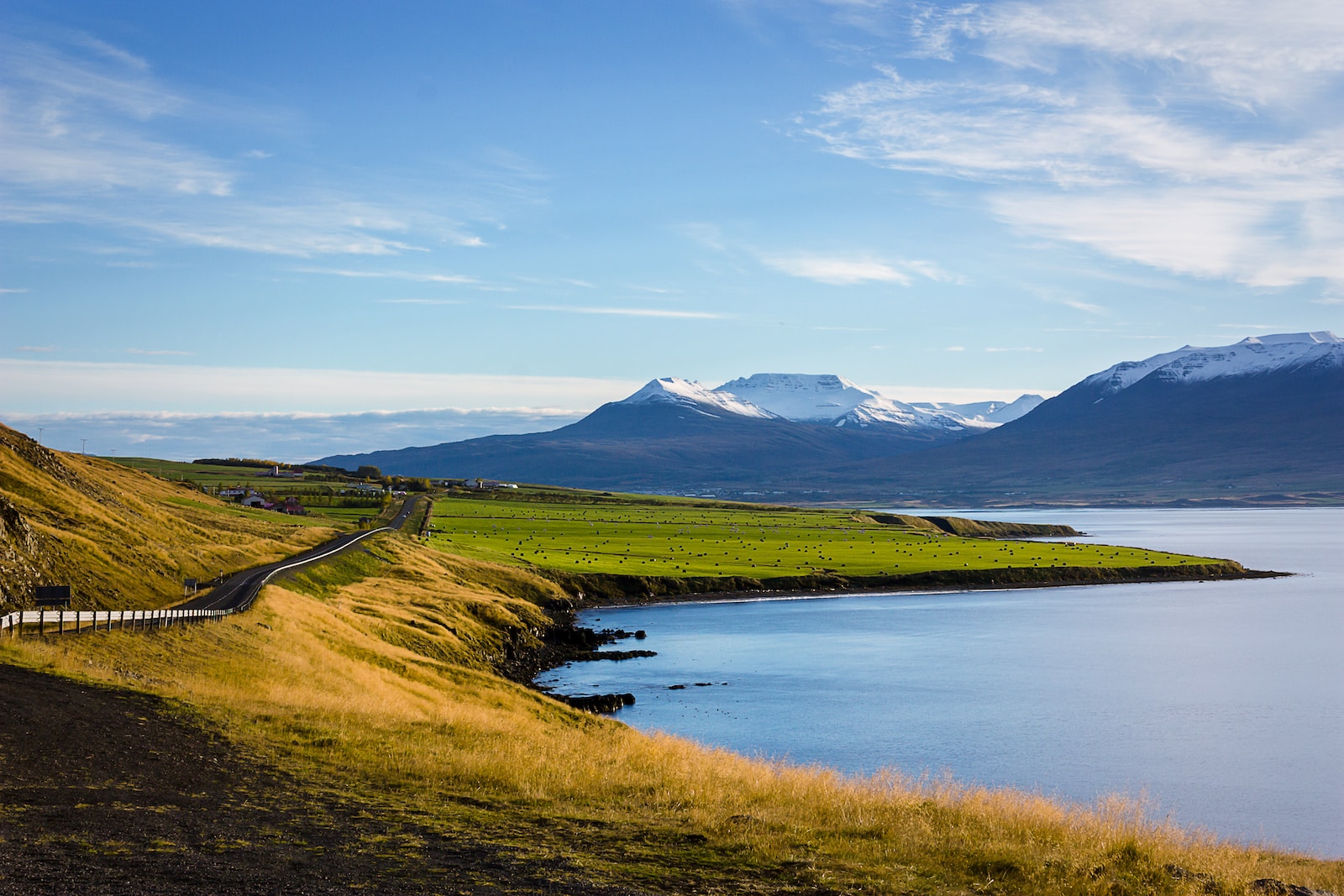
South Coast
The south coast of Iceland is a place of breathtaking beauty and adventure. You can explore it at your own pace, from one to 10 days, starting from Reykjavik or Vík. Along the way, you will see amazing natural sights, such as the Eyjafjallajökull glacier erupted in 2010 and Skógafoss, a majestic waterfall that often creates a rainbow on sunny days. You will also enjoy the Jökulsárlón glacier lagoon, where icebergs float on the water, Seljalandsfoss waterfall, which you can walk behind, Sólheimajökull glacier, where you can hike or ice-climb, Reynisfjara black-sand beach, where you can admire the basalt columns and sea stacks, and much more.
Follow in Wonder
Zoom in to see everything.
Towns and Cities to Know
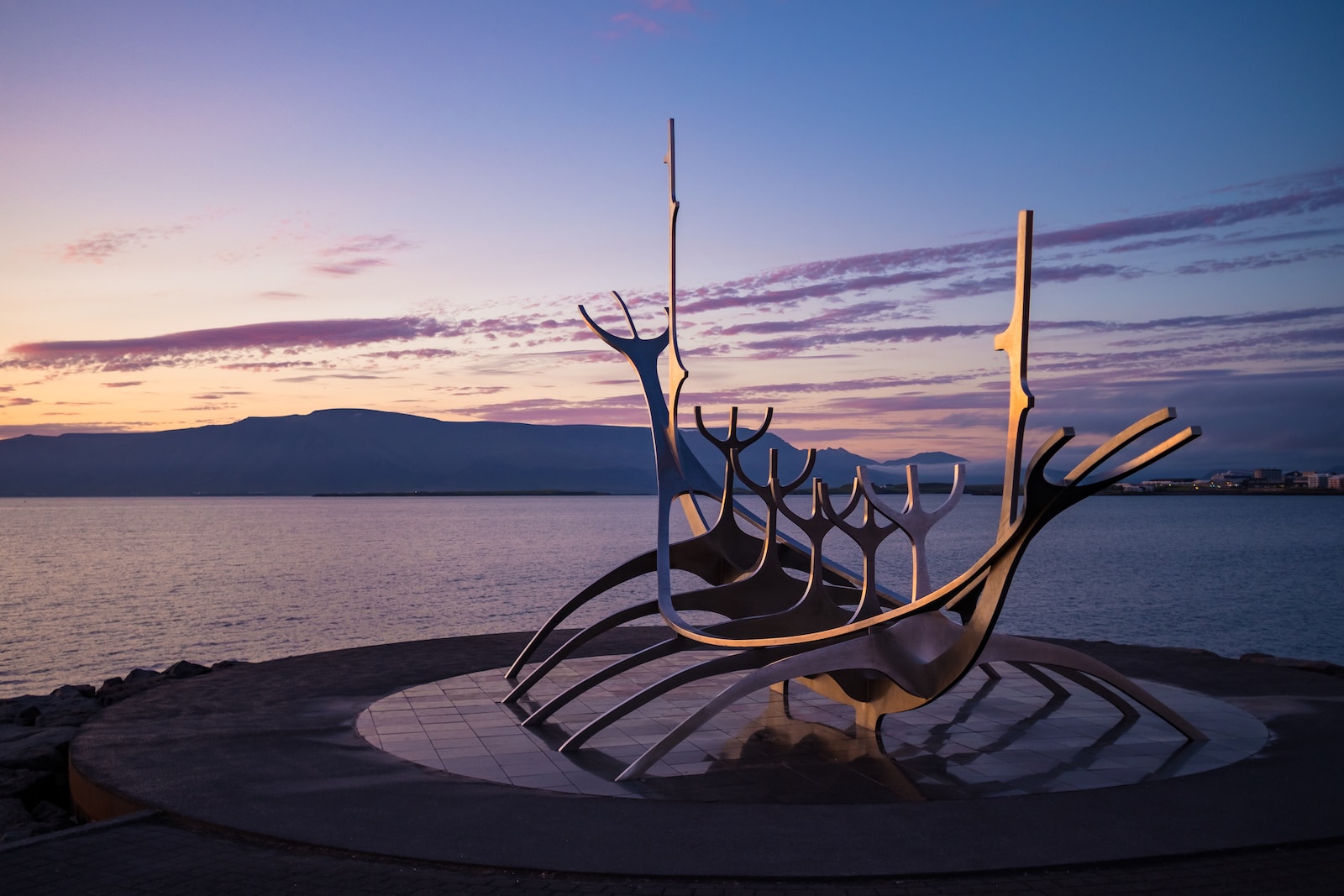
Reykjavik, Iceland’s vibrant capital and a beloved tourist hotspot welcomes visitors with its breathtaking beauty. Located conveniently close to the airport and surrounded by some of Iceland’s most iconic landmarks, Reykjavik is the perfect starting point for exploration. Shuttle tours depart regularly from the city, and you can find attractive deals for comprehensive tour packages.

Húsavík is famous for its exquisite Húsavíkurkirkja, a picturesque wooden church built in 1904 and a prominent draw for travelers in Iceland. Visitors can also explore the town’s numerous biology and cultural museums, as well as the fascinating Húsavík Whale Museum. Whale watching in Húsavík offers opportunities to encounter several species frequenting the bay.
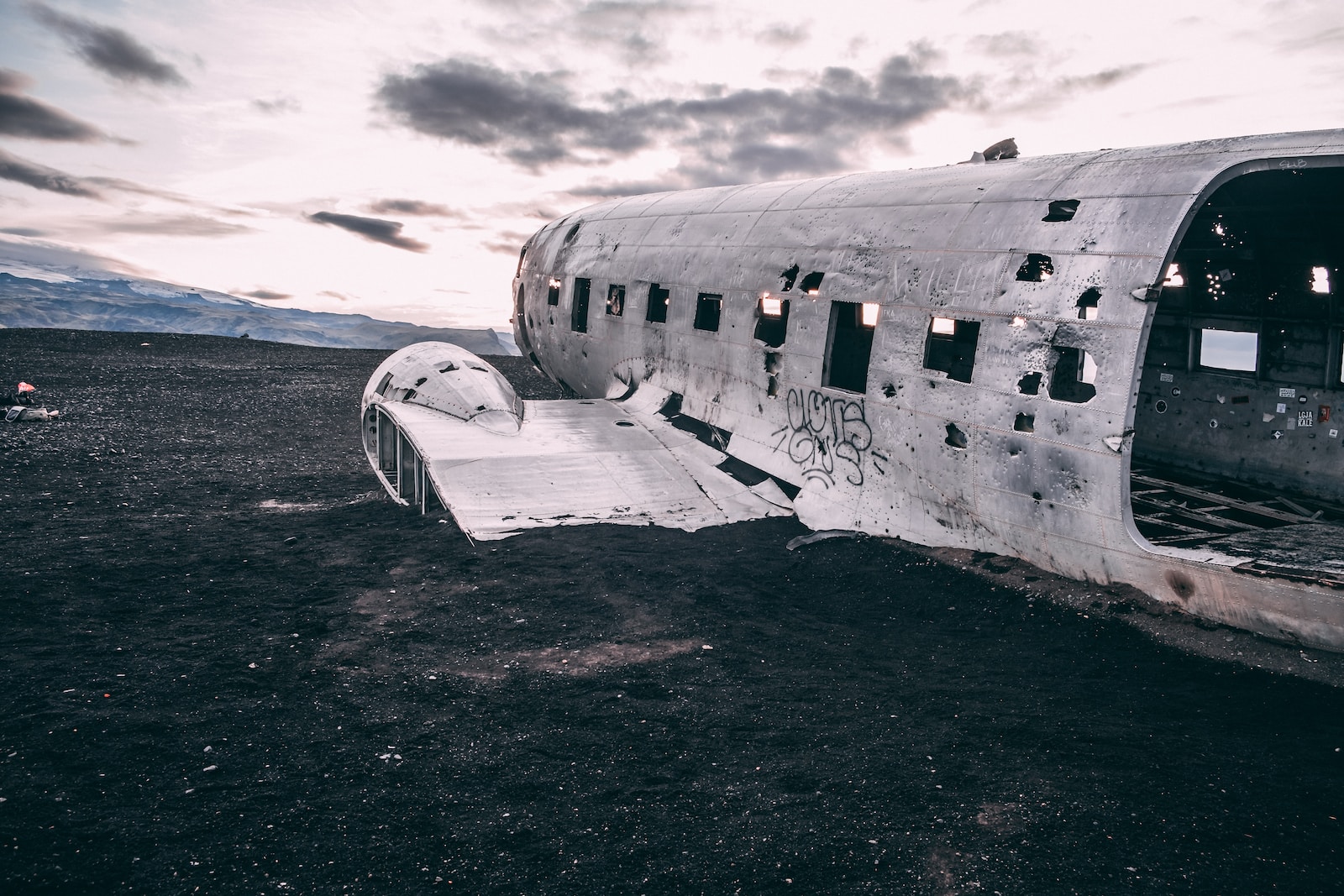
Despite its small population of just 300 residents, Vík í Mýrdal (or Vík) is a popular stop along the Ring Road for travellers embarking on the scenic south coast route. Two of Iceland’s most iconic waterfalls, Skógafoss and Seljalandsfoss, can be found between Reykjavik and Vík, making the two-and-a-half-hour drive more than worthwhile. On clear days, you can catch glimpses of the Eyjafjallajökull and Mýrdalsjökull glaciers. However, Vík’s primary attraction is Reynisfjara, a striking black-sand beach and one of Iceland’s most renowned natural wonders.
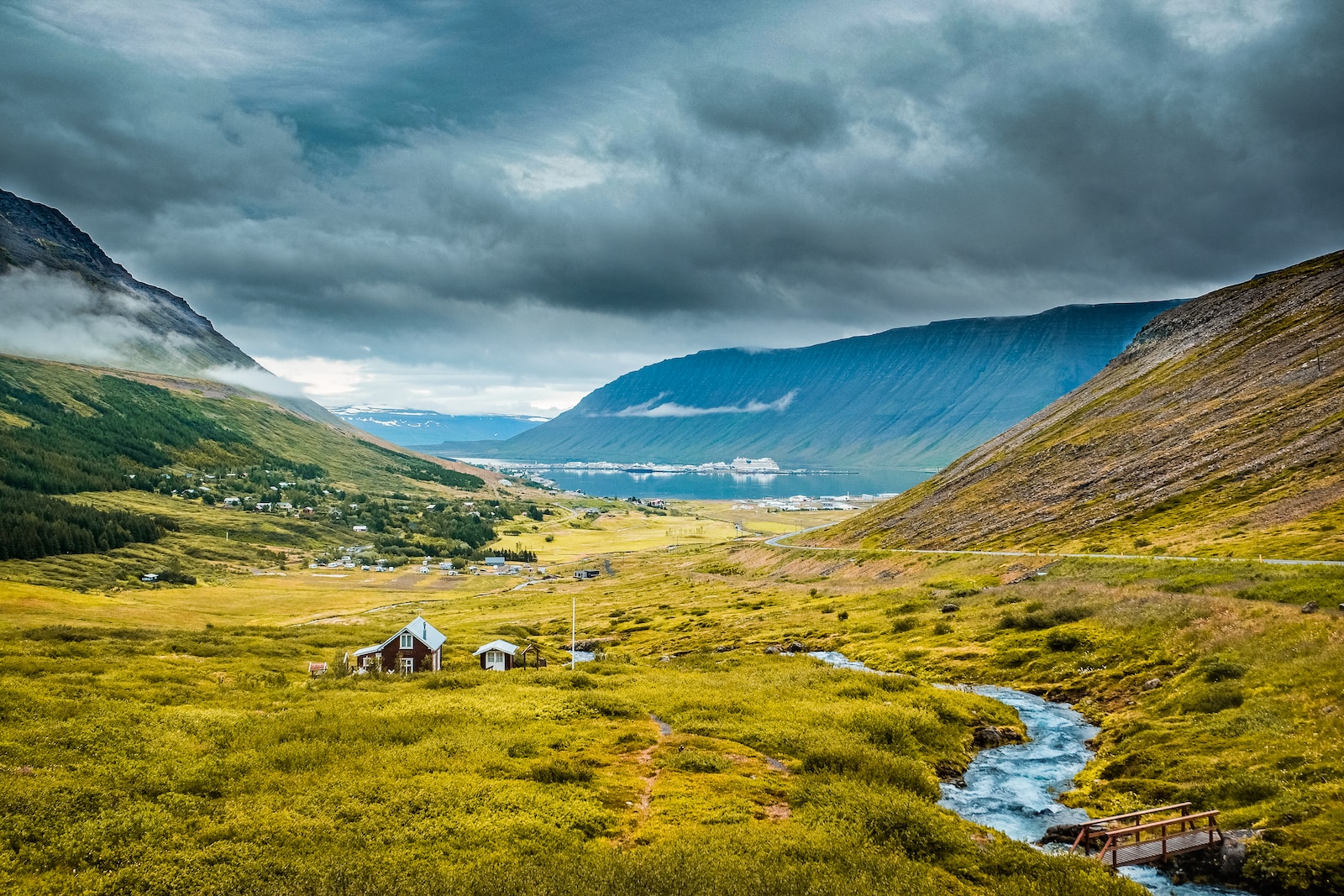
Reykjavik, Iceland’s vibrant capital and a beloved tourist hotspot welcomes visitors with its breathtaking beauty. Located conveniently close to the airport and surrounded by some of Iceland’s most iconic landmarks, Reykjavik is the perfect starting point for exploration. Shuttle tours depart regularly from the city, and you can find attractive deals for comprehensive tour packages.

Often referred to as the unofficial capital of North Iceland, Akureyri is a charming port town renowned for offering some of the most rewarding whale-watching experiences in the world, especially during the summer. The Akureyri Botanical Garden, established in 1912, boasts a stunning collection of vibrant flora and scenic walking paths. Nature enthusiasts will relish Akureyri, which provides horseback tours to nearby natural wonders.
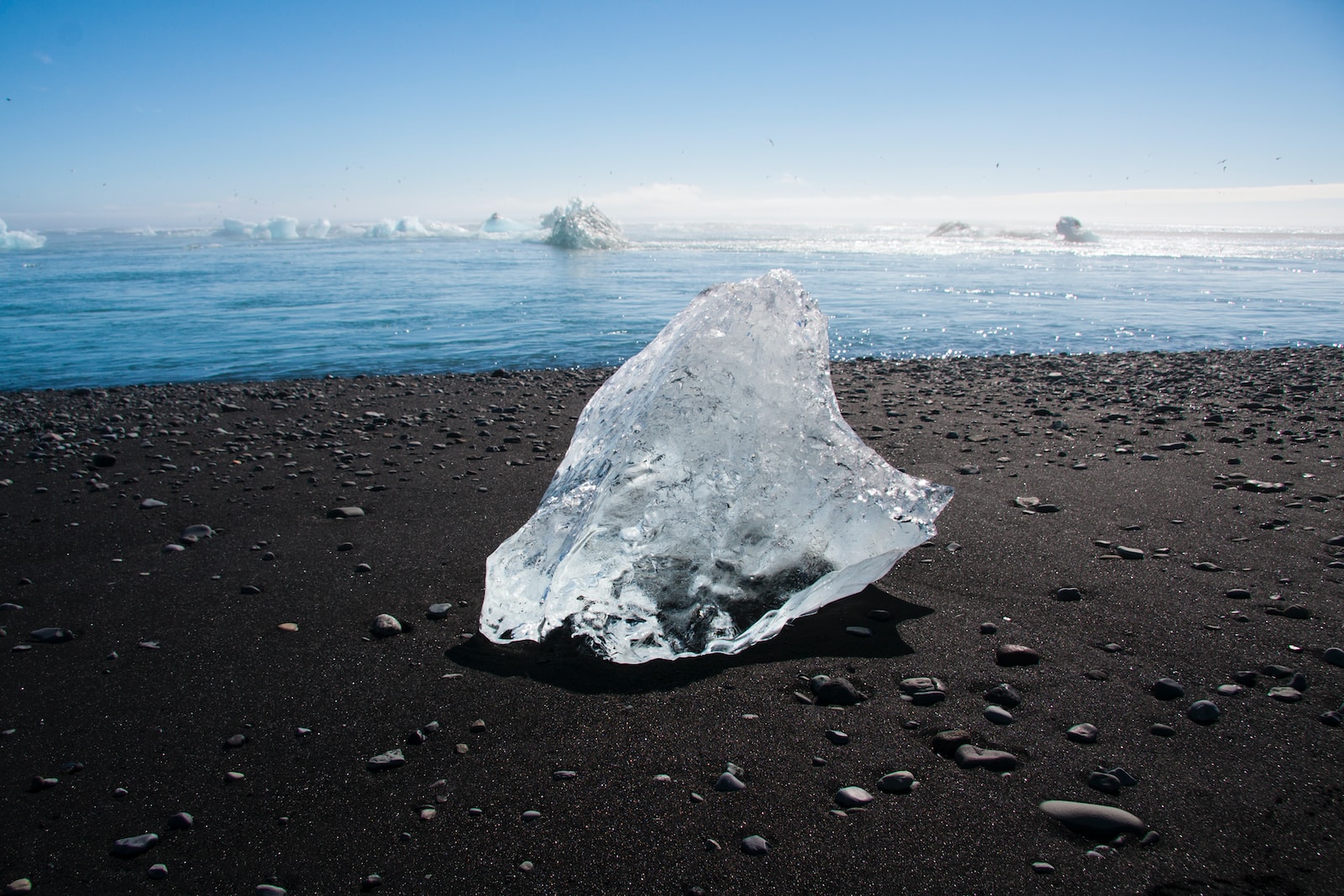
Nestled in the southeast, Höfn is a charming fishing town celebrated for its breathtaking views of Vatnajökull glacier, Europe’s largest ice cap. Surrounded by coastal beauty and scenic beaches, Höfn has served as a backdrop for various film productions, including James Bond and Tomb Raider movies, among others.

Accessible by ferry or by bus and ferry if you’re traveling from Reykjavik, the Vestmannaeyjar (Westman Islands) form a volcanic archipelago that hosts some of Iceland’s most diverse wildlife. It’s a must-visit destination for those seeking an immersive natural experience.
Where to Eat
Halal
The restaurant/eatery has ONLY halal options available.
Partial Halal
The restaurant/eatery has halal options available.
